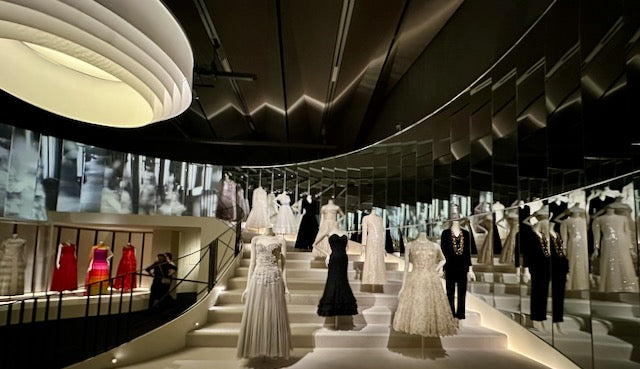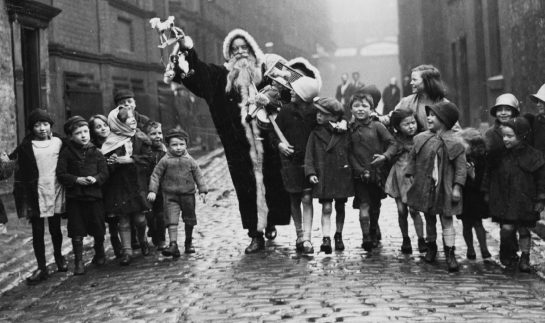Art Deco design was reflected in the jewellery of the 1920s and 1930s. New materials, such as platinum and bright coloured gems, such as emeralds and sapphires, became popular and were used to great effect when accompanied by beautifully cut diamonds. Jewellery designers used new techniques to cut gemstones in ways that oozed opulence, extravagance and modernity.
Old European Cut Diamond

The old European cut dates from the 1870s through the 1930s. The old European cut diamond is round, when viewed from above, has 58 facets and is the predecessor to the modern brilliant-cut diamond. The differences between an old European cut and a brilliant cut stone are subtle, but distinct. Both have a beautiful sparkle, but an old European cut draws the eye inward, while gleam of the brilliant cut tends to have outward movement

Art Deco Three Stone Transitional Cut Diamond Engagement Ring
Cut from approximately 1918 through the 1920s and perfected by Henry Morse and his partner Charles Field, the transitional-cut diamond is a round and consistently proportioned, faceted cut.

Marquise Early Modern Brilliant Cut Diamond Ring circa 1930
The brilliant cut was invented in 1919 by Marcel Tolkowsky applying mathematical proportions to the cutting of stones, to create maximum brilliance and dispersion of light.

Illusion set Diamond Ring
The illusion setting is a square setting for a round European cut, transitional cut, or early-modern brilliant-cut diamond, highly popular in the 1920s through to the 1950s. The Illusion setting gives the round stone a square look.

Art Deco French Cut Diamond
The French cut diamond is a square diamond cut very popular in the Art Deco era. It looks like a square from above with the facets creating the look of a four-pointed star

Art Deco Asscher Cut Diamond Ring
Developed in 1902 and popular during the Art Deco era for its geometric form and square step-cut shape, with wide corners, the vintage Asscher cut is one of the most rare and beautiful diamond cuts. Only the most expert cutters made Asscher cuts, and only the finest stones were used. When cutting the diamond much of the stone is lost, which is one of the reasons the Asscher cut is so rare and those that exist are so valuable.



